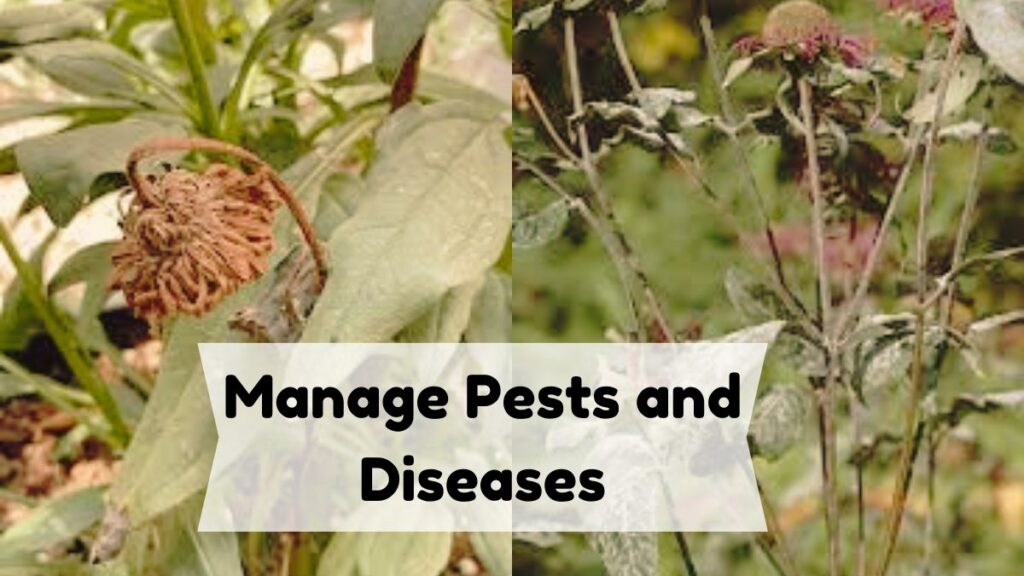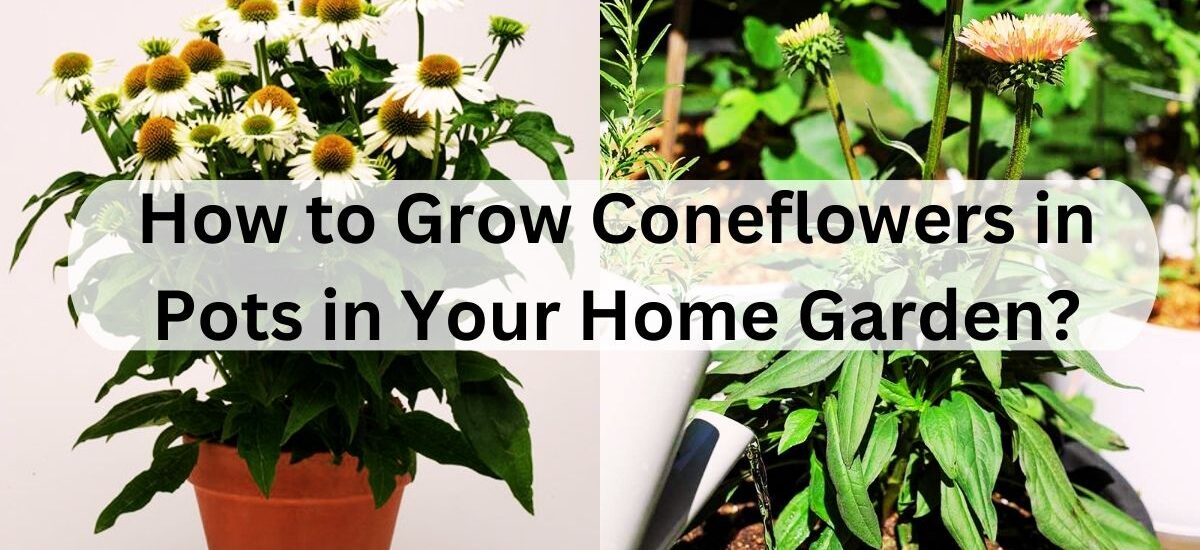Coneflowers (Echinacea) are attractive, hardy perennials that bring vibrant color to your home garden. They are also incredibly easy to grow in pots, making them perfect for gardeners with limited space. In this article, we’ll explore the steps to successfully grow coneflowers in containers, ensuring they bloom profusely all season long.
Selection of Right Pot
Selecting the right pot is the first step toward growing healthy coneflowers. The pot should be at least 12–18 inches wide and deep to accommodate the plant’s root system. It’s important to ensure the pot has drainage holes to stop waterlogging. Terra cotta or ceramic pots are good choices because they allow the roots to breathe. Make sure the pot is sturdy enough to support the weight of the plant when it matures.
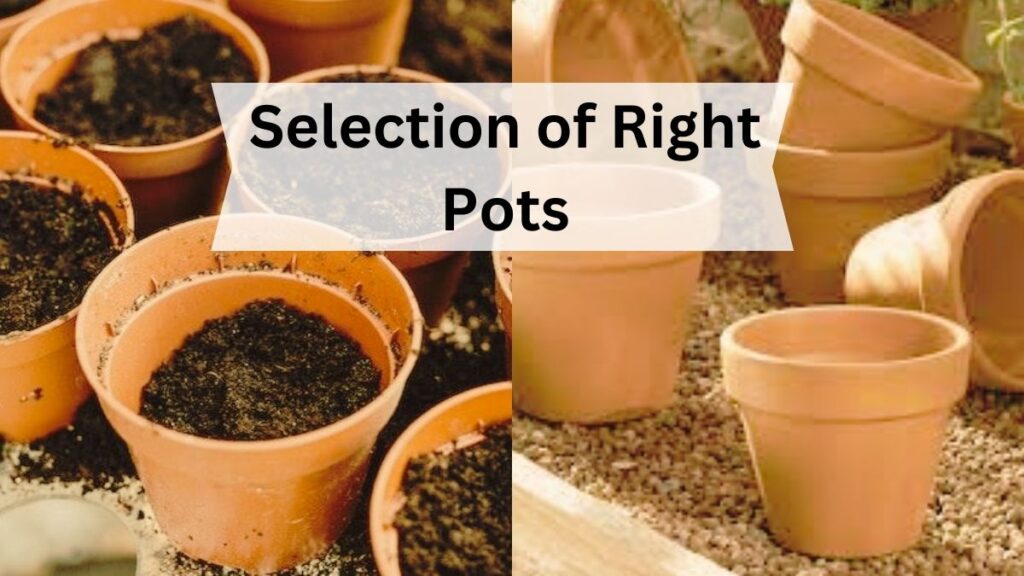
Preparing the Soil
Coneflowers grow in well-draining soil, so it’s significant to use a high-quality potting mix. You can improve drainage by mixing in sand or perlite, especially if you’re using garden soil. Adding organic compost will give the plants the nutrients they need to grow strong and produce abundant blooms. Proper soil preparation also helps maintain the correct moisture balance, as coneflowers don’t like soggy conditions. A light, airy soil mix encourages deep root growth.
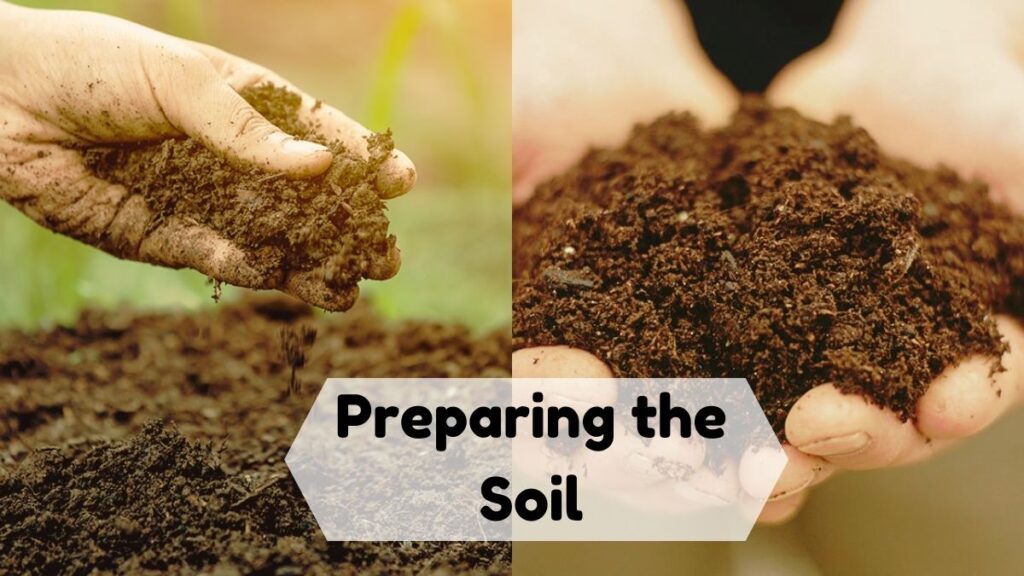
Planting Coneflowers
Whether you’re starting with seeds or seedlings, plant them correctly for the best results. Seeds should be sown 1/8-inch-deep and covered lightly with soil, while seedlings should be planted at the same depth as their original containers. Give each plant sufficient space to grow, allowing for good air movement between plants. When planting in a pot, ensure the soil is slightly packed but not too compacted. This promotes healthy root expansion and better water absorption.
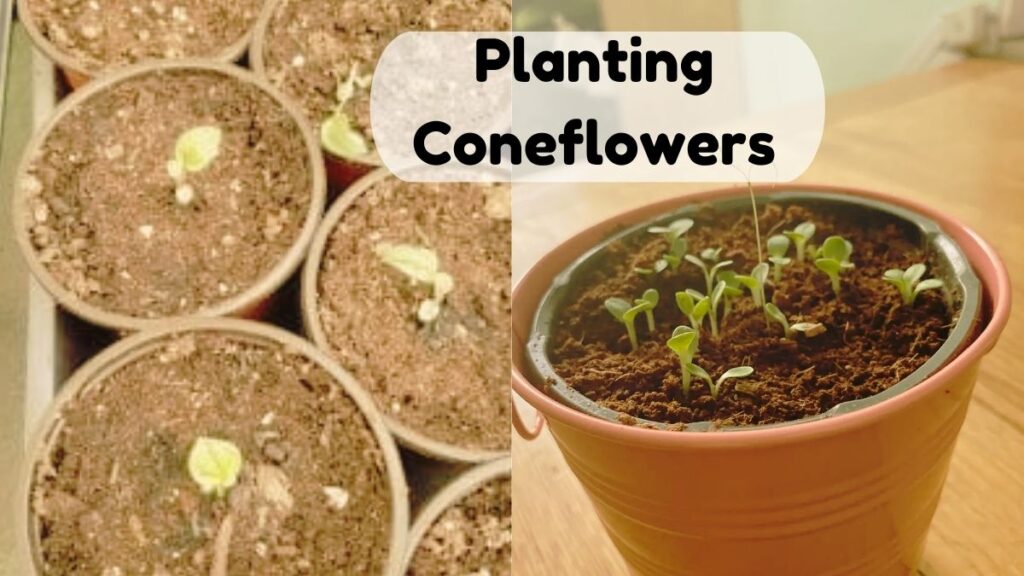
Placing the Pot at Right Location
Coneflowers require full sun to grow, so place the pot where it will get 6–8 hours of direct sunlight each day. A sunny balcony, patio, or garden spot is ideal for their growth. Adequate sunlight ensures the plants produce vibrant blooms and stay healthy. Without enough sunlight, coneflowers may become leggy and produce fewer flowers. Choosing the right spot is crucial for the plant’s long-term success.
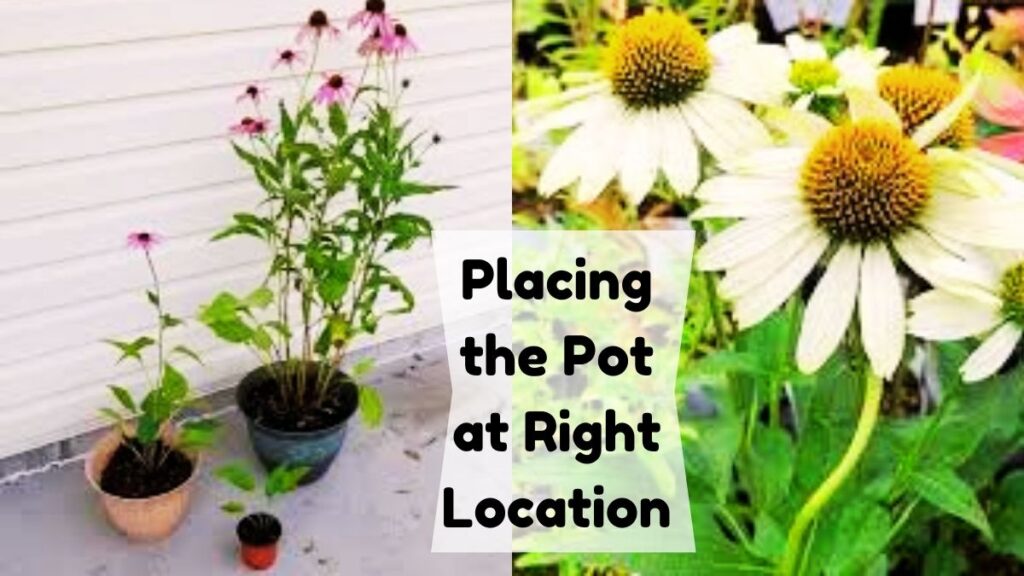
Watering the Coneflowers
Watering is critical, especially during the early stages of growth. Keep the soil constantly moist during germination, but avoid overwatering once the plants are established. Coneflowers are drought-tolerant but benefit from regular watering during hot weather. Allow the top inch of soil to dry out between waterings to prevent root rot. Watering deeply encourages the roots to grow down, making the plant more resilient to dry conditions.
Fertilizing Coneflowers
Although coneflowers are not heavy feeders, applying a balanced liquid fertilizer once a month during the growing season can boost their growth. Too much fertilizer, however, can lead to weak stems and fewer blooms, so use it sparingly. Organic compost mixed into the soil at the beginning of the growing season can provide slow-release nutrients. Fertilizing during the early growth phase will encourage strong root development and more blooms later.
Deadheading and Pruning
To encourage continuous blooming, regularly deadhead or remove spent flowers. This redirects the plant’s energy into producing new buds rather than seeds. In mid-summer, cutting the plant back by one-third can promote bushier growth and additional blooms. Deadheading also keeps the plant looking tidy throughout the season. Pruning helps prevent legginess and keeps the plant compact, especially in container gardening.
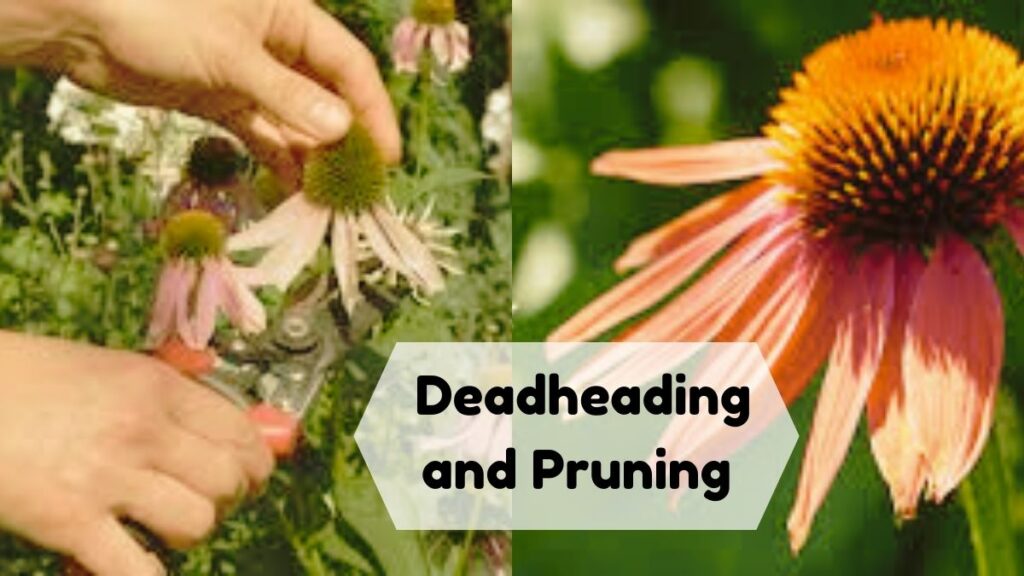
Winter Care of Coneflowers
Since coneflowers are perennials, they can survive the winter with proper care. In colder regions, consider bringing pots indoors or insulating them to protect the roots from freezing. You can cut back the plant in late fall to help it conserve energy for the next growing season. Coneflowers will go dormant in winter, so don’t worry if they stop blooming during this time. When spring arrives, they will come back to life with vibrant new growth.
Manage Pests and Diseases
Coneflowers are generally pest-resistant, but occasional issues with aphids or slugs may occur. Neem oil or insecticidal soap can be used to manage pests. Ensuring good airflow around the plants helps prevent fungal diseases like powdery mildew. Always check the plants regularly for signs of disease or pests, especially when growing in containers where conditions can be more humid. By keeping the plants healthy, you’ll ensure they continue to bloom beautifully throughout the season.
